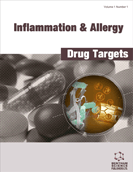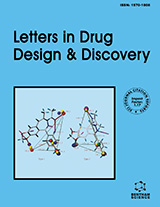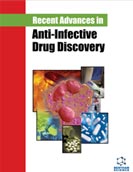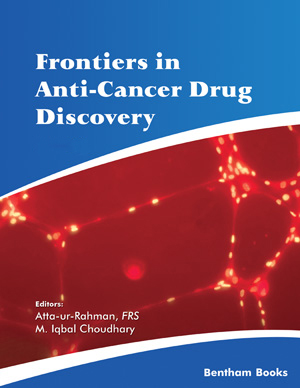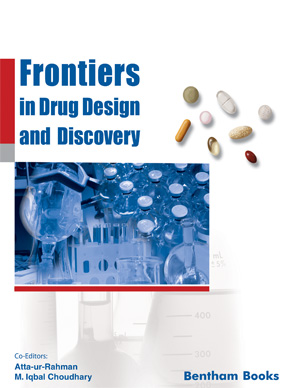Abstract
In recent years it has become apparent that the liver holds a distinct immunological position. Previously described as a “graveyard” for T cells activated in the periphery, emerging evidence indicates that this organ may have a more active role in mediating tolerance. Attenuated immune responses in the liver can be beneficial in the transplantation setting, as liver transplants are more readily accepted than other organ allografts even in the absence of immunosuppressive drugs. However, the ability of the liver to induce immunological unresponsiveness could be exploited by some pathogens, such as the hepatitis C virus (HCV), to establish chronic infections with potentially fatal outcomes. Understanding the mechanisms controlling the balance between intrahepatic tolerance and immunity is critical in order to design new strategies to enhance acceptance of solid organ allografts and to promote efficient immune responses against HCV. In this article, we will review current knowledge of the mechanisms regulating intrahepatic immunity and discuss how these mechanisms might potentially be targeted to achieve advantageous clinical outcomes in transplantation and persistent hepatotropic infections.
Keywords: Liver, tolerance, T cells, hepatitis C virus, transplantation
Inflammation & Allergy - Drug Targets (Discontinued)
Title: Liver Tolerance and the Manipulation of Immune Outcomes
Volume: 7 Issue: 1
Author(s): Lauren E. Holz, Geoffrey W. McCaughan, Volker Benseler, Patrick Bertolino and David G. Bowen
Affiliation:
Keywords: Liver, tolerance, T cells, hepatitis C virus, transplantation
Abstract: In recent years it has become apparent that the liver holds a distinct immunological position. Previously described as a “graveyard” for T cells activated in the periphery, emerging evidence indicates that this organ may have a more active role in mediating tolerance. Attenuated immune responses in the liver can be beneficial in the transplantation setting, as liver transplants are more readily accepted than other organ allografts even in the absence of immunosuppressive drugs. However, the ability of the liver to induce immunological unresponsiveness could be exploited by some pathogens, such as the hepatitis C virus (HCV), to establish chronic infections with potentially fatal outcomes. Understanding the mechanisms controlling the balance between intrahepatic tolerance and immunity is critical in order to design new strategies to enhance acceptance of solid organ allografts and to promote efficient immune responses against HCV. In this article, we will review current knowledge of the mechanisms regulating intrahepatic immunity and discuss how these mechanisms might potentially be targeted to achieve advantageous clinical outcomes in transplantation and persistent hepatotropic infections.
Export Options
About this article
Cite this article as:
Holz E. Lauren, McCaughan W. Geoffrey, Benseler Volker, Bertolino Patrick and Bowen G. David, Liver Tolerance and the Manipulation of Immune Outcomes, Inflammation & Allergy - Drug Targets (Discontinued) 2008; 7 (1) . https://dx.doi.org/10.2174/187152808784165225
| DOI https://dx.doi.org/10.2174/187152808784165225 |
Print ISSN 1871-5281 |
| Publisher Name Bentham Science Publisher |
Online ISSN 2212-4055 |
 24
24Related Articles
-
Microbiome Regulation of Autoimmune, Gut and Liver Associated Diseases
Inflammation & Allergy - Drug Targets (Discontinued) Neutrophil-to-lymphocyte Ratio, Platelet-to-lymphocyte Ratio, C-reactive Protein to Albumin Ratio, and Albumin to Fibrinogen Ratio in Axial Spondyloarthritis: A Monocentric Study
Current Rheumatology Reviews Modulators of Pain: Bv8 and Prokineticins
Current Neuropharmacology Influence of H2O2 Formed In Situ on the Photodegradation of Ibuprofen and Ketoprofen
Current Physical Chemistry Pathophysiology and Treatment of Diabetic Peripheral Neuropathy: The Case for Diabetic Neurovascular Function as an Essential Component
Current Diabetes Reviews Signaling Pathways Responsible for Cancer Cell Invasion as Targets for Cancer Therapy
Current Cancer Drug Targets Penicillium marneffei and its Pulmonary Involvements
Current Respiratory Medicine Reviews Synthetic Approaches to Heterocyclic Guanidines with Biological Activity: An Update
Current Organic Chemistry Novel Possible Pharmaceutical Research Tools: Stem Cells, Gene Delivery and their Combination
Current Pharmaceutical Design Cytochromes P450 and Skin Cancer: Role of Local Endocrine Pathways
Anti-Cancer Agents in Medicinal Chemistry TRH/TRH-R1 Receptor Signaling in the Brain Medulla as a Pathway of Vagally Mediated Gut Responses During the Cephalic Phase
Current Pharmaceutical Design Noscapine and its Analogs as Chemotherapeutic Agent: Current updates
Current Topics in Medicinal Chemistry Aquaporins in Sensory and Pain Transmission
Current Neuropharmacology Directions for Enhancement of the Therapeutic Efficacy of Mesenchymal Stem Cells in Different Neurodegenerative and Cardiovascular Diseases: Current Status and Future Perspectives
Current Stem Cell Research & Therapy Plasticity and Maintenance of Hematopoietic Stem Cells During Development
Recent Patents on Biotechnology B Cell Modulation Strategies in Autoimmunity: The SLE Example
Current Pharmaceutical Design Current Therapeutic Approaches in Inflammatory Bowel Disease
Current Pharmaceutical Design Glucocorticoid-Induced Hypertension and Tetrahydrobiopterin (BH4), a Common Cofactor for the Production of Vasoactive Molecules
Current Hypertension Reviews HDL Therapy: Two Kinds of Right?
Current Pharmaceutical Design Local Use-Dependent Sleep; Synthesis of the New Paradigm
Current Topics in Medicinal Chemistry


